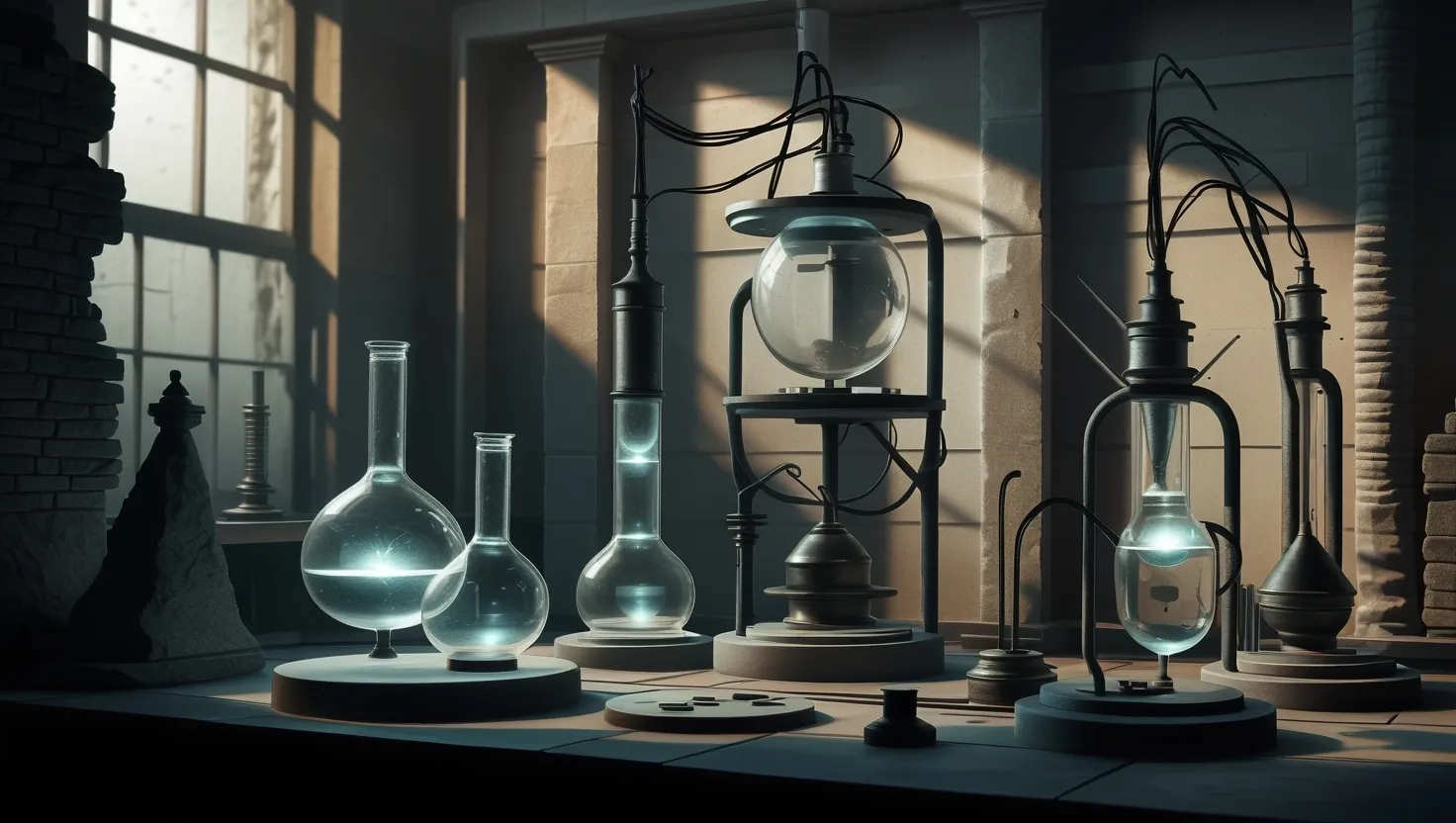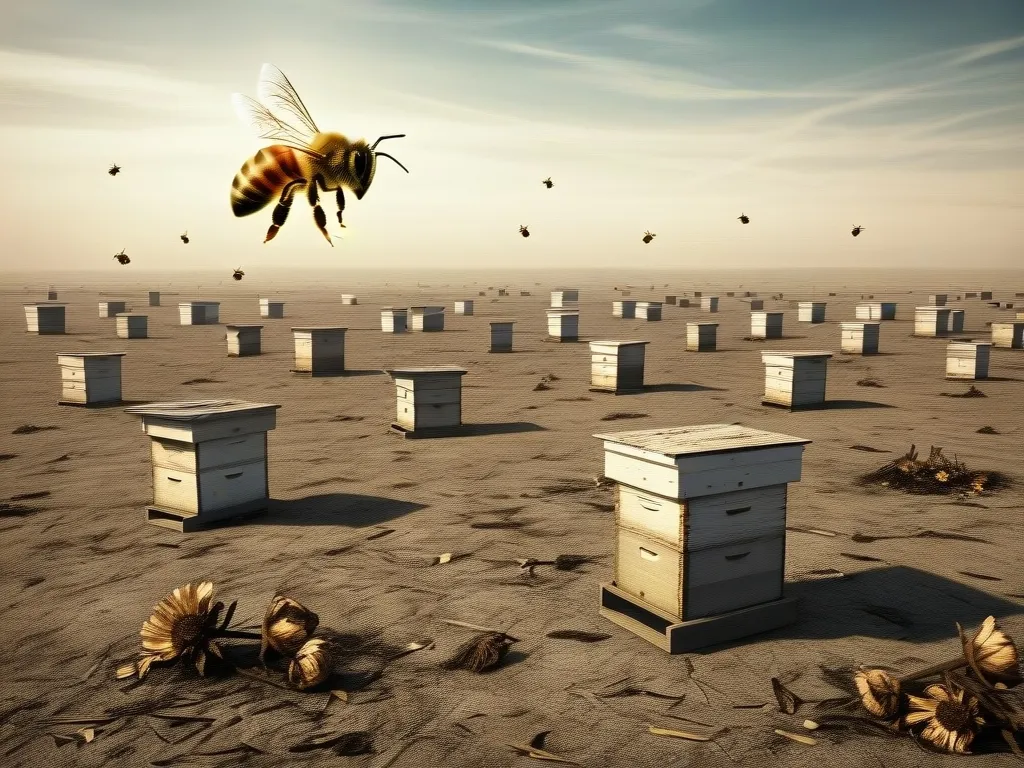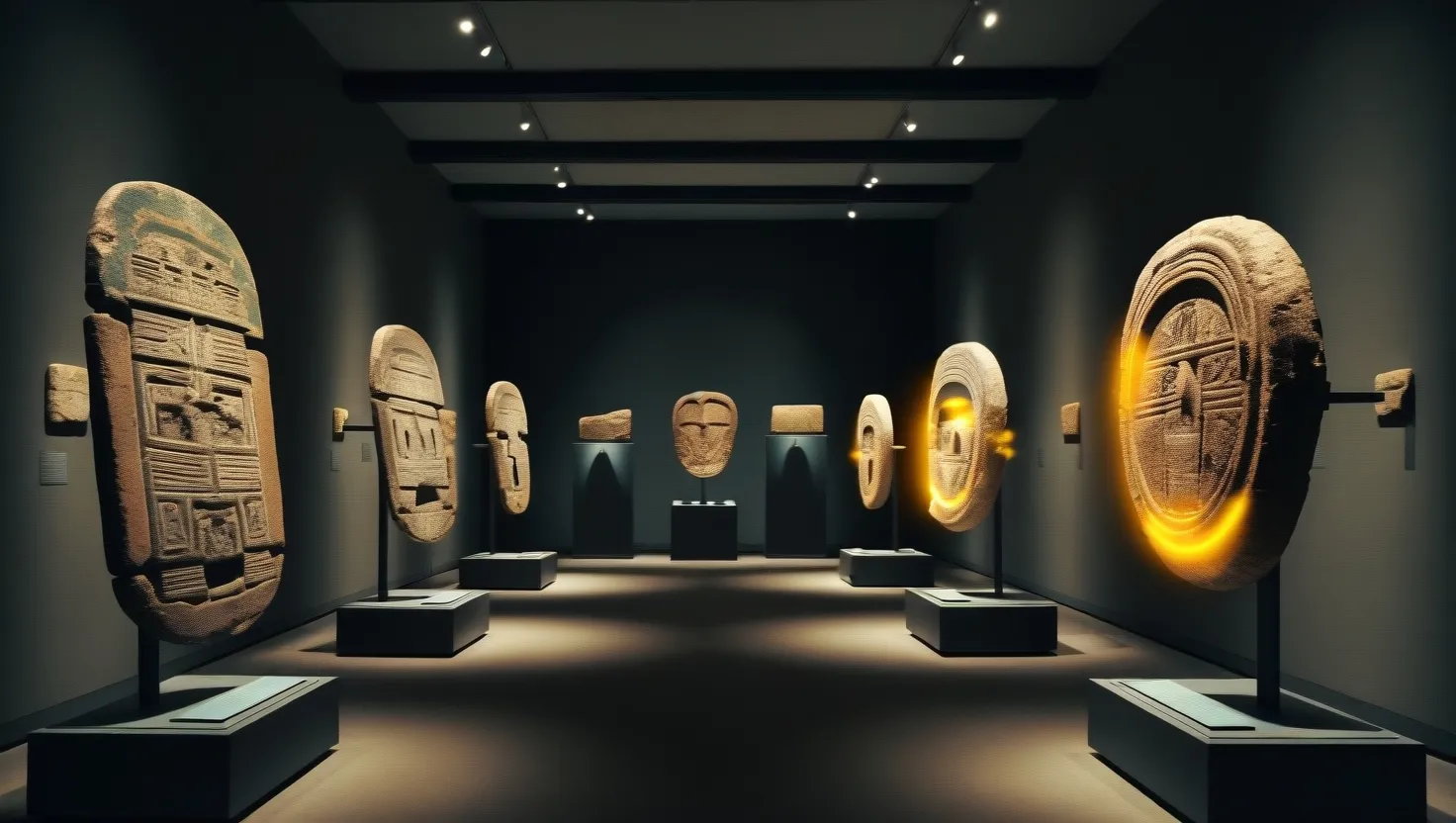When gazing up at the sky and seeing those thin white lines trailing behind jets, curiosity might get the better of you. While for many, these contrails are just part and parcel of everyday air travel, some folks out there see something far more sinister at play — chemtrails. The story goes that these streaks are not just harmless condensation, but chemicals being sprayed by the government or other powerful entities with hidden agendas, like controlling the population.
It’s a theory with legs, if you dive into its roots. The belief isn’t exactly brand new; it stretches back to the Cold War days. Both British and American governments sneaked around conducting secret experiments, releasing all sorts of chemicals into the atmosphere. In the UK, more than 750 mock chemical attacks involved spraying zinc cadmium sulfide, a kind of powder that lights up under UV rays and was thought to be pretty harmless. Similarly, the US dipped its toes into these murky waters during the 1950s and 1960s, mainly to test how biological weapons might spread. Even though these sneaky deeds happened decades ago using different substances, they’ve been wheeled out as supposed proof that our governments are shady enough to pull off such stunts today.
Flash forward to the present, and you’ll find that the chemtrail conspiracy has blossomed into a sprawling web of theories. The story now claims that these chemical trails serve a host of malicious purposes, including mind control, weather manipulation, and, you guessed it, population control. This theory has found a cozy home on the internet, with social media platforms becoming its biggest megaphone. One survey from 2016 showed that around 10% of Americans buy into the chemtrails conspiracy hook, line, and sinker, while another 30% find it somewhat believable.
So how did this out-there theory manage to gain such a devoted following? Blame it partly on the nature of social media. Platforms like Facebook and Twitter love showing users content that they’re likely to agree with, creating these echo chambers where folks just keep reinforcing each other’s beliefs. Even if solid scientific evidence surfaces debunking the theory, it often doesn’t reach the die-hard believers or just gets dismissed as part of the grand scheme.
One of the reasons why the chemtrails theory sticks around is its sheer visibility. Contrails are a common sight, making the whole thing feel more plausible. With these trails being such a part of our everyday sky, it’s no wonder that people jump to conclusions. Followers of the theory often use the very visibility of these trails as evidence that something fishy is going on, despite scientists saying they are just condensation trails formed when hot jet exhaust hits cold air.
However, when it comes to scientific evidence, there’s zero proof backing the chemtrails theory. Experts have consistently maintained that contrails are made of water vapor and those pesky soot particles emitted by jet engines. Organizations like the Environmental Protection Agency (EPA), the Federal Aviation Administration (FAA), and NASA have spilled loads of ink explaining this process, trying their level best to debunk the chemtrails myth.
Trying to disprove the theory, though, is like playing a never-ending game of whack-a-mole. Chemtrails believers are pros at shifting the goalposts. If one part of the theory gets debunked, they just switch gears, asserting new, equally unfounded claims, like “Oh, it’s about weather manipulation now, not mind control.”
These out-there theories aren’t just digital blips; they have real-world fallout. Scientists and meteorologists often find themselves walking a tightrope, dealing with harassment from believers. Whenever there’s a major weather event, they’re bombarded with accusations of hiding “the truth” about chemtrails. This kind of treatment is harsh and uncalled for, adding layers of stress to professionals already grappling with public skepticism.
The whole chemtrails thing also taps into deeper, legitimate worries people have, like government distrust, environmental issues, and struggles with chronic illness. These broader concerns give the theory a bit of stickiness, making it harder to just write off. Distrust in government plays a big part; when you’re already skeptical of authority, buying into something like chemtrails doesn’t feel like that big of a leap.
Some proponents even tie chemtrails to solar geoengineering, which is the study of adding materials to the atmosphere to reflect sunlight and combat climate change. While those scientific studies are upfront and open to the public, believers twist them into part of a grand chemtrails scheme, despite the lack of evidence.
In the end, the chemtrails conspiracy is like a puzzle that keeps changing shape. Despite lacking scientific evidence, it holds on because it’s visible, social media fans its flames, and it taps into very real societal concerns. Scientists keep trying to set the record straight, but shaking the belief of the chemtrails faithful is a tough nut to crack. This all showcases the bigger issues we face today around misinformation and trusting our sources.
This theory serves as a timely reminder of how powerful misinformation can be. In a world where so much noise competes for your attention, it’s essential to lean on verifiable facts and sprinkle your thinking with a healthy dose of skepticism. Claims that sound too wild to be true probably are, but they sure make for one heck of a story.






